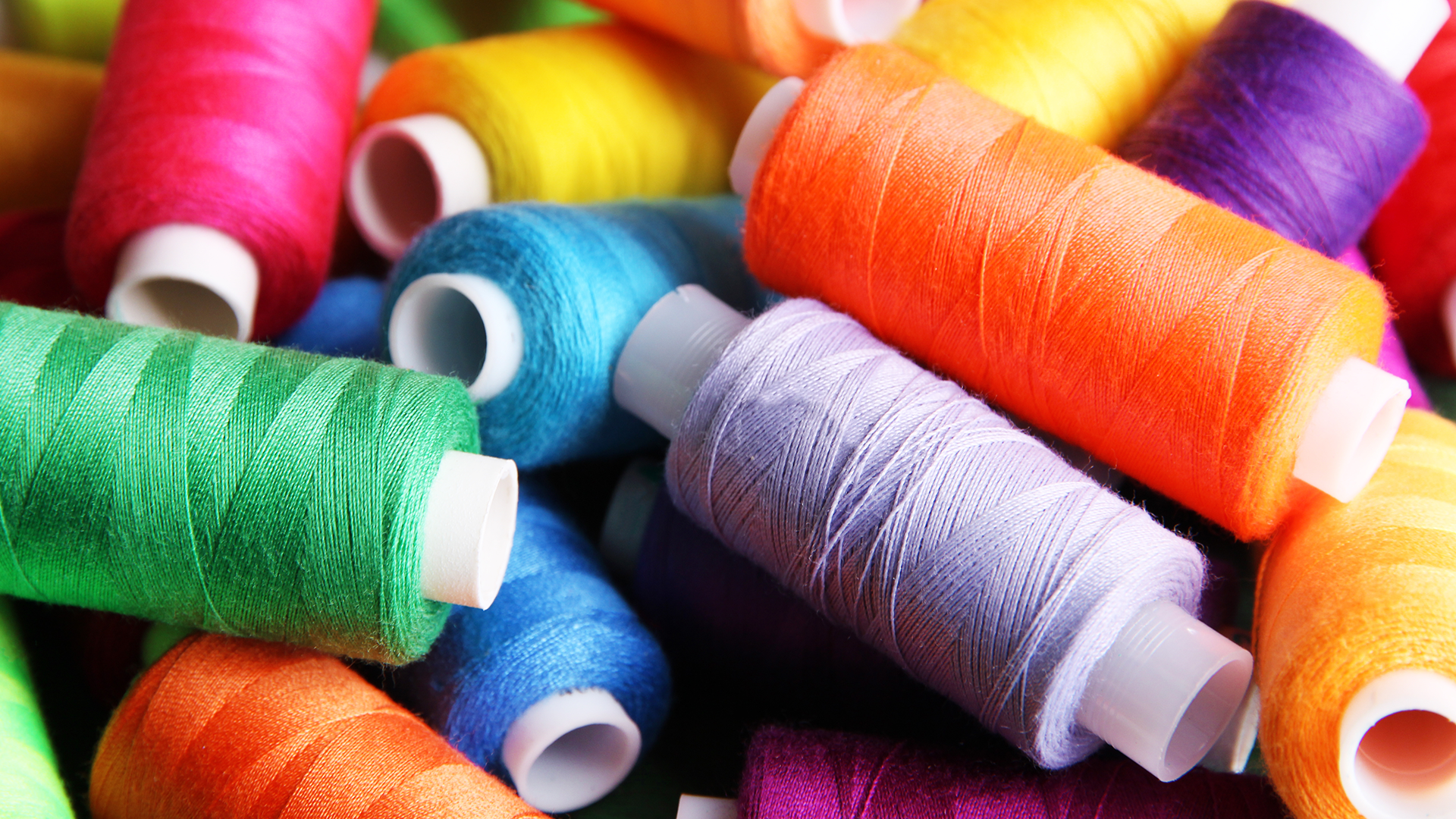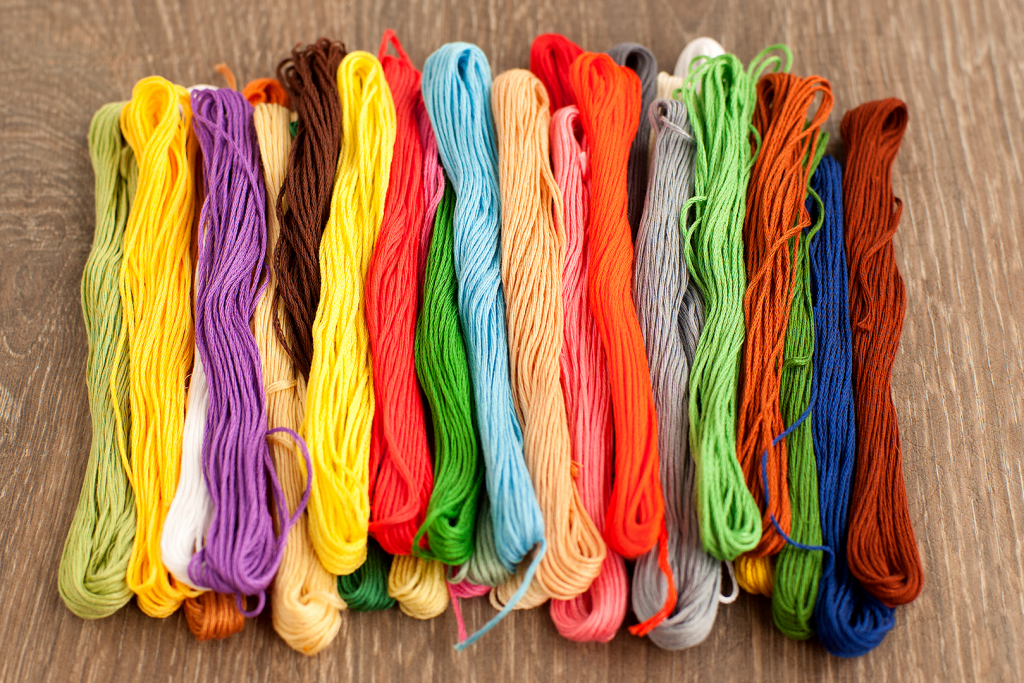
There’s something prevalent in almost everything we own; the common factor that holds so much together. We’re not talking about something esoteric like “love” or “friendship” but something much more practical.
We’re talking about thread.
So where did it all begin?
Thousands of years ago when humans started to wear garments for warmth and protection, our ancestors used thin strips of animal hide and sewed large pelts and fur together into one piece.
As civilizations began to advance, garments began to become much more refined.
Different civilizations utilized the land around them to bring new and innovative ways of creating thread. The Egyptians figured out how to incorporate plant fibres, wool and animal hair into spinning thread. Along with the Phoenicians, they also pioneered the use of berries and plant matter to create colourful and long-lasting dyes, while civilizations in China and Japan discovered how to incorporate silk into their thread making.
During the Middle Ages, improvements to shipping, wool production and processing along with the opening of the Silk Road to Asia meant sewing thread experienced an explosion in creativity and expression. Tapestries became an art form, allowing individuals adept with needle and thread to create large, colourful pieces that exploded in popularity. People began to get very creative with their “fibre art”, incorporating linen, cotton, silk and even silver and gold into their pieces. Seamstresses began to take inspiration from these tapestries and started fusing them into smaller pieces.
The Industrial Revolution in the seventeenth and eighteenth centuries saw the production of thread shift from homes to factories. These facilities were equipped with machines that could spin thread at much higher speeds. This is where the production of string became more efficient and refined. The results of this shift from home-to-factory meant stronger thread and truer dye colours; a much wider variety of string was now being produced.
As technology advanced over the years, the production of string and how it is incorporated into the textile industry has really exploded.


There’s something prevalent in almost everything we own, it’s the common factor that holds so much together. We’re not talking about something esoteric like “love” or “friendship,” it’s something much more practical than that.
We’re talking about thread.
So where did it all begin?
Thousands of years ago when humans started to wear garments for warmth and protection. Our ancestors used thin strips of animal hide in order to sew together large pelts and fur together in one piece.
As civilizations began to advance, garments began to become much more refined.
Different civilizations utilized the land around them to bring new and innovative ways of creating thread. The Egyptians figured out how to incorporate plant fibres, wool and animal hair into spinning thread. They along with the Phoenicians also pioneered the use of berries and plant matter in creating colourful and long-lasting dyes while civilizations in both China and Japan discovered how to incorporate silk into their thread making.

During the Middle Ages, improvements to shipping, wool production, processing along with the opening of the Silk Road to Asia meant sewing thread experienced an explosion in creativity and expression. Tapestries became an art form allowing individuals adept with needle and thread to create large, colour pieces that exploded with popularity. People began to get very creative with their “fibre art” incorporating linen, cotton, silk and even silver and gold into their pieces. Seamstresses began to take inspiration from these tapestries and began to fuse them into smaller pieces.
The Industrial Revolution in the seventeenth and eighteenth centuries saw the production of thread shift from homes and into factories. These facilities were equipped with machines that could spin thread at much higher speeds. This is where the production of string became more efficient and refined. The results of this shift from home-to-factory meant stronger thread, truer dye colours, a much wider variety of string was now being produced.
As technology advanced over the years, the production of string and how it is incorporated into the textile industry has really jumped.
Copyright © 2022 Ideal™️. All rights reserved